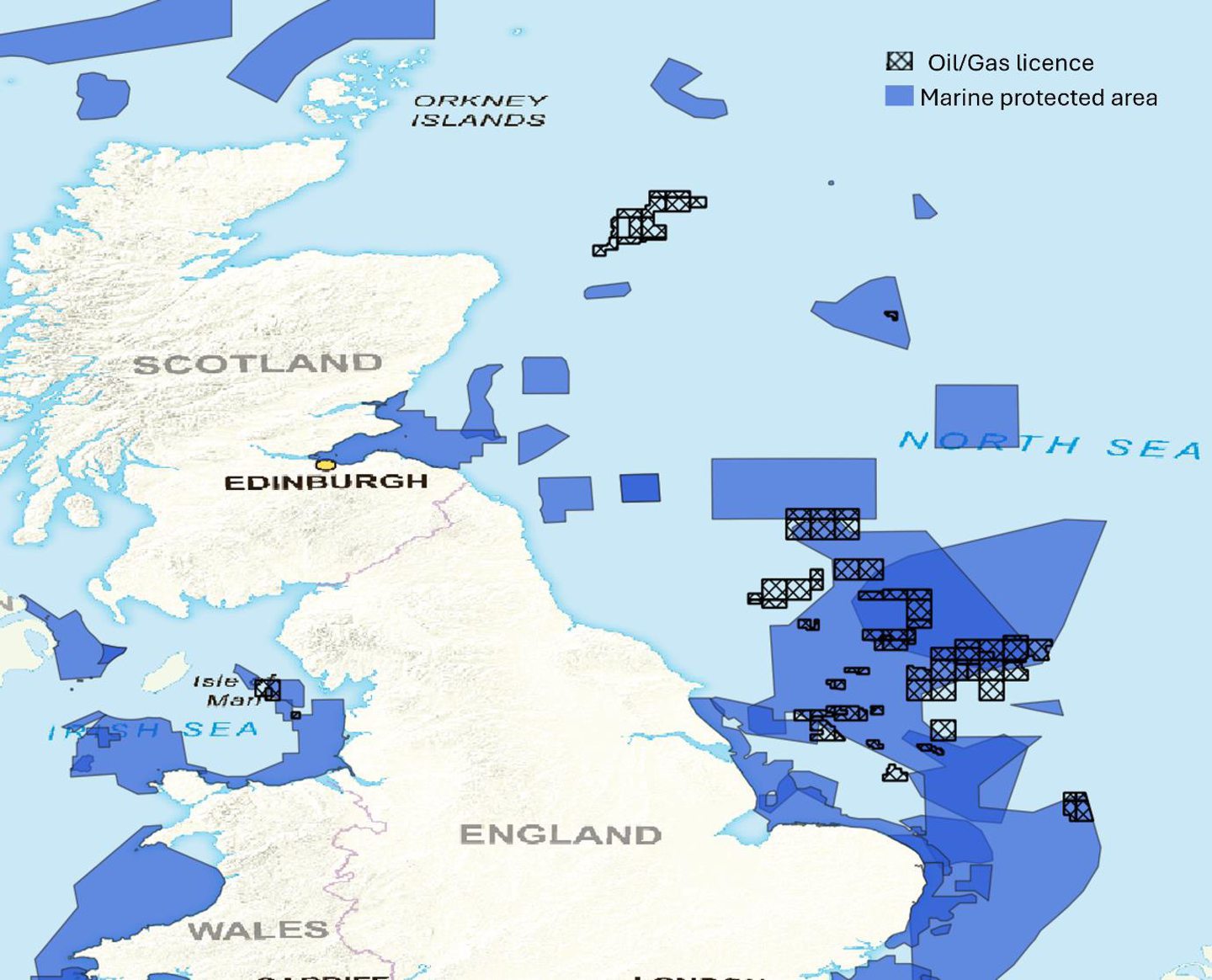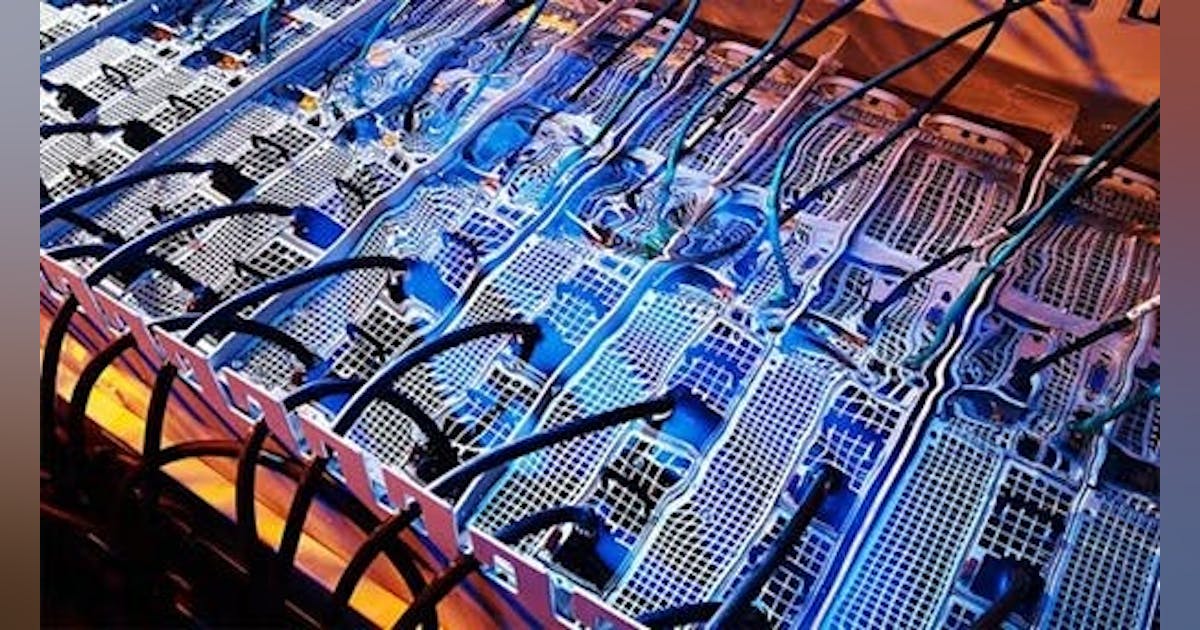Marine conservation group Oceana UK will appear in the High Court in London today as part of legal action against a UK government decision to award North Sea oil and gas licences.
Oceana will argue the decision to grant 31 exploration licences as part of the 33rd offshore petroleum licensing round was unlawful because the government “ignored expert advice from its own nature advisors” in making its decision.
Both the Joint Nature Conservation Committee (JNCC) and Nature England objected to the licences, but Oceana said this was not reflected in environmental regulator OPRED’s assessment.
Therefore, the group will ask the High Court to overturn the licences granted to companies including TotalEnergies, Deltic Energy and Orcadian Energy.
33rd North Sea licensing round
The former Conservative government launched the 33rd licensing round in 2022 in the wake of Russia’s invasion of Ukraine.
In total, the North Sea Transition Authority (NSTA) regulator awarded 83 licences to offshore operators in the North and East Irish seas and the West of Shetland area.
The Oceana case covers 31 of these licences, including 21 which fall within designated marine protected areas (MPAs).
Companies which received licences in the 33rd round include Australian firms Hartshead Resources and Finder Energy, as well as NEO Energy, Neptune and Perenco among others.
While at the time the government said the oil and gas licensing round passed climate compatibility checks, UK courts have since issued landmark rulings concerning downstream emissions and approval for fossil fuel projects.
 © Supplied by Oceana UK
© Supplied by Oceana UKThese include the Supreme Court’s ruling in the Finch case last year and a January decision overturning approvals for the Jackdaw and Rosebank projects.
Despite the ruling, Labour government has indicated it will allow Shell’s Jackdaw and Equinor’s Rosebank projects to proceed.
Meanwhile, the High Court has already dismissed a separate attempt by campaign groups Greenpeace UK and Uplift to block the 33rd licensing round on climate grounds.
But Oceana will be hoping the precedent set in the Finch case will lead to the court deciding in its favour.
Marine Protected Areas
Oceana’s case centres on the potential risk of “deep and lasting harm” to marine wildlife resulting from oil and gas exploration.
Oceana said many of the licence blocks fall within MPAs, home to wildlife including harbour porpoises, grey seals and puffins.
Despite this, Oceana said the potential for accidental oil spills was excluded from environmental impact assessments for the licences.
The conservation group will also argue that seismic surveys will disrupt marine wildlife in the area and potentially lead to strandings or death.
In addition, Oceana will argue the potential climate impacts of the licences have not been properly taken into account.
Labour ‘on the side of Big Oil’
Oceana UK campaign lead Naomi Tilley criticised the Labour government for its decision to defend the case “on the side of Big Oil”.
“Labour has made a welcome commitment to ending new oil and gas licences and to building a future powered by clean, reliable sources of energy,” Tilley said.
“They now need to hold true to that and choose the right side of history.

“The steady drip-feed of pollution from oil and gas developments has well-documented and severe impacts on marine wildlife ranging from cancers to stillbirths, and across species from porpoises to cod.”
Tilley said the UK needs to “prioritise thriving seas and flourishing communities over short-term profits and greed”.
Leigh Day environmental solicitor Carol Day, acting on behalf of Oceana in the case, said the oil and gas licences “could have serious and potentially irreversible impacts” on marine wildlife.
“The point of the assessment process is to ensure these possible dangers are understood and factored into decision-making,” Day said.
Meanwhile, University of Aberdeen senior lecturer in energy law Dr Daria Shapovalova said: “It is paramount that decisions on oil and gas licensing and developments are made in accordance with the regulations and with full understanding of the impact they may have on the environment.
“These rules are designed to ensure our most important and vulnerable wildlife and habitats get the protection they need.”
In response to questions from Energy Voice, a spokesperson for the Department for Energy Security and Net Zero said: “We are unable to comment on ongoing legal proceedings.”






















